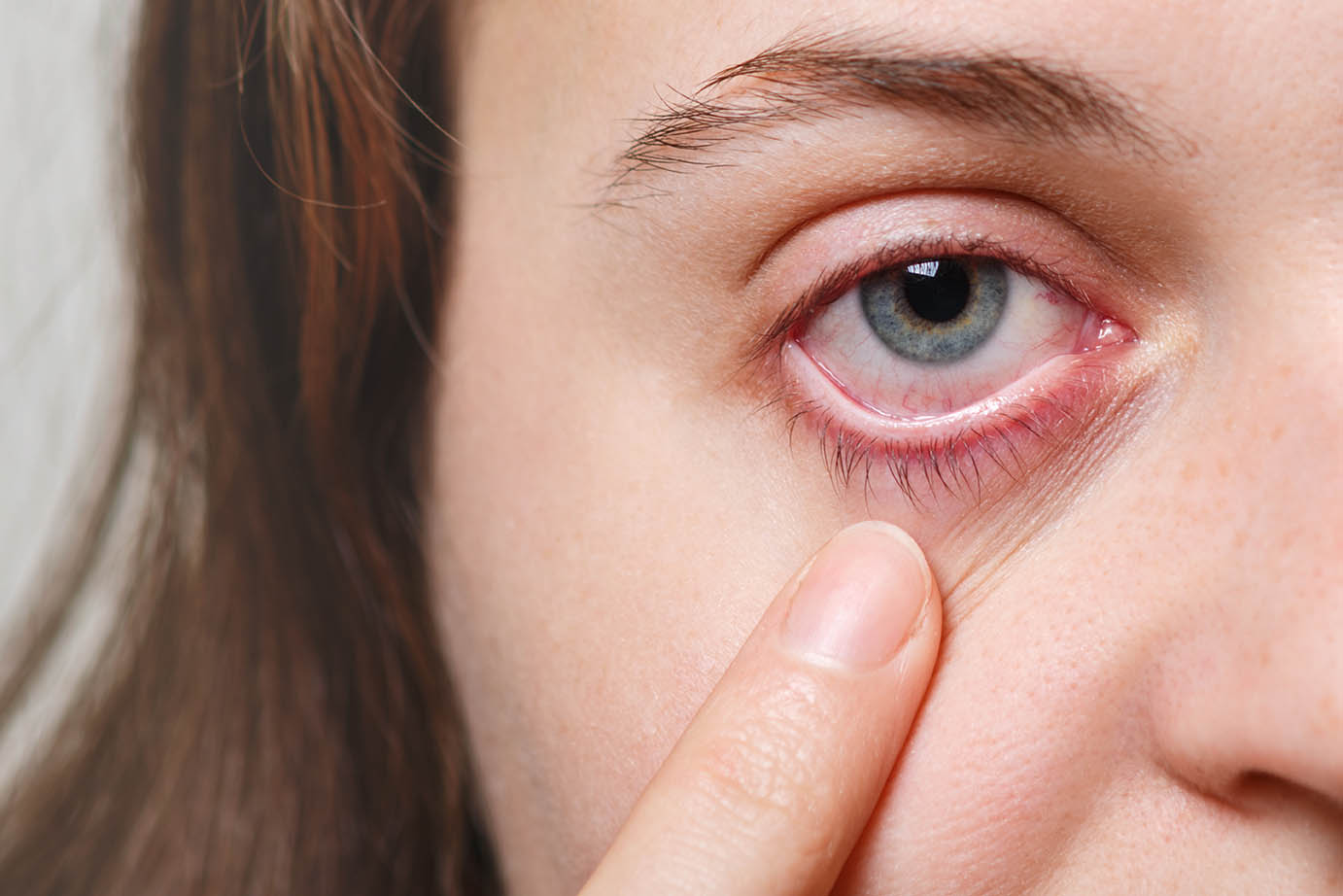
Blepharitis: Symptoms, Causes and Treatment
There are few conditions as irritating as an eye issue with an unknown cause. Eyes are our windows through which we see the world, and unexplained swelling, itching, crustiness and irritation can be upsetting and ruin your enjoyment of an otherwise great day. If you regularly struggle with these symptoms, you may have blepharitis; continue reading to learn more about the symptoms, cause and treatment for this vexing condition.
What is Blepharitis?
Blepharitis is a common, manageable condition characterized by inflammation and potential infection of the eyelids. In it, the edges of the lid turn greasy and red or dark in color, becoming swollen, itchy, crusty and scaly. There are two types of blepharitis, mainly relating to the area affected. Anterior blepharitis affects the outside of the eyelid, where the lashes attach to the lid. Posterior blepharitis, conversely, affects the inner edge that comes into contact with the eye.
If you have this condition, you might have already lost a significant number of eyelashes, notice your lashes grow toward your eyes, regularly wake up with your eyelids stuck together, have sensitivity to light or feel like you have sand in your eyes.
There are multiple causes of blepharitis, including an underlying skin issue that causes irritation, excess bacteria or a clogged or infected oil gland. People with diabetes or skin conditions such as seborrheic dermatitis and rosacea, eye- or eyelid-focused bacterial diseases and allergies, excessive numbers of eyelash mites, lice and dry eyes are more likely to develop this condition.
Blepharitis can lead to other eye-related complications, according to the Mayo Clinic, such as:
· Excessive tearing or dry eyes – This condition can disrupt your eye’s natural tear film barrier, which keeps them moist. If you have blepharitis, you may experience dryness or excessive tearing.
· Styes – Styes are small, painful bumps on the eyelid caused by a blocked oil gland or bacterial infection. The inflammation associated with blepharitis can easily block oil glands.
· Chalazions – These small red bulges are similar to styes, but they tend to impact oil glands deeper within the eyelid, causing discomfort and even vision problems if large enough.
· Chronic pink eye – Blepharitis typically affects the rim of your eyelashes, but that persistent inflammation can spread to the whites of your eyes, resulting in pink eye. The underlying condition must be resolved to avoid recurring pink eye.
· Corneal injuries – Your eyes, much like any other part of your body, are not meant to handle long-term inflammation. The inflamed eyelids and inward-growing eyelashes associated with this condition can cause sores to develop on your cornea.
Treatment Options
Once your eye doctor has confirmed you have blepharitis — usually through careful examination of the eyes and laboratory tests of eye discharge or crust — it can be primarily treated with a daily self-care routine at home.
This process can involve:
· Cleansing routines, such as two- to four-times-daily warm compresses to remove discharge, and eyelid baths with cleanser or diluted baby shampoo.
· Using artificial tears to help resolve redness, swelling and dry eye. Your doctor might prescribe an antibiotic eye drop to help your oil glands function properly.
· Avoiding eye makeup to keep your eyelids clean and free from potential irritants, allergic reactions and bacteria.
· Eating a diet rich in omega-3 fatty acids, such as fish, can help your eye oil glands work better.
Depending on the cause of your blepharitis, your doctor might also prescribe an antibiotic ointment or oral medicine.
Blepharitis can be painful and irritating, impeding your ability to see and interact with the world around you. However, by addressing your underlying eye issues and keeping good eyelid hygiene, you can manage this condition and improve your quality of life. To get more valuable eye health insights, visit healthyvisionassociation.com/articles.
Articles in this newsletter are supposed to be informative, enlightening and helpful to you. While all information contained herein is meant to be completely factual, it is always subject to change. Articles are not intended to provide medical advice, diagnosis or treatment. Consult your doctor before starting any new health routine.
Benefits may not be available at all membership levels. For more information, or to upgrade your membership, please call 1.800.992.8044.
